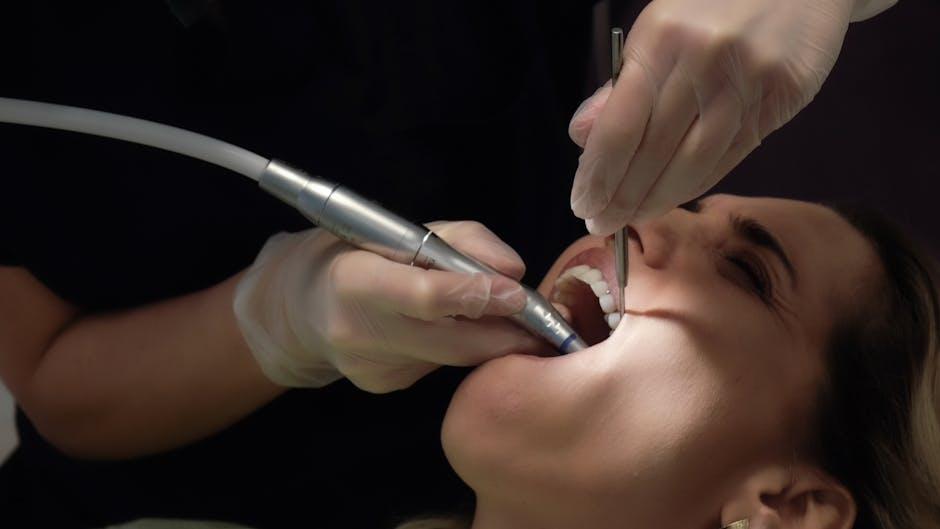
Dental Insurance Frequently Asked Questions – American Dental Association
Navigating dental insurance can be confusing, especially with a variety of plans and coverage options available. Whether you’re seeking preventative care, restorative procedures, or orthodontics, understanding dental insurance is key to managing your oral health and expenses effectively. In this article, we’ve compiled comprehensive and easy-to-understand answers to the most frequently asked questions about dental insurance, backed by expert guidance from the American Dental Association (ADA).
What Is Dental Insurance and How Does It Work?
Dental insurance is a specialized benefit plan designed to help cover the cost of dental care. Unlike general health insurance, dental plans often focus on preventative care like cleanings and exams, while other treatments such as fillings, crowns, and orthodontics may have limited coverage or require co-pays.
Typically, dental insurance works on a fee-for-service basis, where the insurer pays a percentage of the cost for each approved procedure, and you pay the remaining amount. Many plans categorize services into different levels or tiers such as:
- Preventative care (cleanings, X-rays)
- Basic procedures (fillings, simple extractions)
- Major procedures (crowns, bridges, orthodontics)
Why Should I Have Dental Insurance?
Dental insurance helps make oral healthcare more affordable. Untreated dental problems can lead to pain, infection, and costly treatments down the line. Some key benefits of dental insurance include:
- Preventive care at low or no cost to reduce risk of cavities and gum disease
- Reduced out-of-pocket expenses for basic and major dental procedures
- Improved access to regular dentist visits, leading to better oral health
- Peace of mind knowing dental emergencies have partial coverage
Frequently Asked Questions About Dental Insurance
1. What Does Dental Insurance Typically Cover?
Coverage varies by plan but generally includes:
- Preventive Care: Routine exams, cleanings, fluoride treatments, and X-rays — usually covered at 100% or with minimal co-payments.
- Basic Procedures: Fillings, root canals, tooth extractions — covered partially, typically 70-80% after deductible is met.
- Major Procedures: Crowns, dentures, bridges, orthodontics — usually covered at lower percentages, sometimes with waiting periods.
2. How Much Does Dental Insurance Cost?
Monthly dental insurance premiums typically range from $20 to $50, depending on coverage and provider. Other costs may include:
- Deductibles: Annual fees you pay before coverage starts, usually between $50 and $150.
- Co-payments or coinsurance: Your share of the costs after deductible is met.
- Annual maximums: Most plans cap benefits at $1,000–$2,000 per year.
3. Are There Different Types of Dental Insurance Plans?
Yes, the most common types include:
| Plan Type | Description | Key Features |
|---|---|---|
| Dental Health Maintenance Organization (DHMO) | Network-based plan requiring use of in-network dentists | Low cost, no deductibles, limited out-of-network coverage |
| Preferred Provider Organization (PPO) | Offers freedom to see any dentist, with savings in-network | Higher premiums, deductibles apply, partial out-of-network coverage |
| Indemnity Plans | Traditional fee-for-service plan, flexible choice of dentists | Higher costs, claims reimbursement model |
4. Does Dental Insurance Cover Orthodontics?
Orthodontic coverage depends on the plan. Many dental insurance policies offer limited coverage for braces and related orthodontic procedures, often requiring waiting periods and covering only a portion of the costs. The ADA recommends verifying orthodontic benefits separately and considering supplemental plans if orthodontics are anticipated.
5. Can I Use Dental Insurance for Cosmetic Dentistry?
Most dental insurance plans do not cover cosmetic procedures such as teeth whitening, veneers, or bonding, as these are considered elective treatments. Exceptions occur if the cosmetic procedure is deemed medically necessary by your dentist.
Practical Tips for Maximizing Your Dental Insurance
- Understand your plan: Carefully read the Summary of Benefits to know covered procedures, exclusions, and limits.
- Schedule regular checkups: Preventive care is often fully covered and can prevent costly repairs later.
- Use in-network providers: Save money by sticking with your insurance network’s dentists.
- Plan major procedures: Coordinate with your dentist & insurer before treatment to estimate out-of-pocket costs.
- Keep track of deductibles and maximums: Plan treatments accordingly to maximize your benefits throughout the year.
Case Study: How Dental Insurance Helped the Smith Family Save Thousands
The Smith family, with three children and two adults, faced frequent dental visits due to cavity-prone teeth. Prior to having dental insurance, they paid $3,500 annually out of pocket. After enrolling in an ADA-recommended PPO plan, they saved over $2,000 a year due to full coverage on children’s preventive care, partial coverage on fillings, and negotiated rates on orthodontics. Their deductible and co-pays were offset by the reduction in emergency dental visits, improving their overall oral health and budget.
First-Hand Experience: Tips From ADA Dentists
“Educate yourself on your dental plan benefits and stay consistent with checkups. Prevention is the best insurance policy.” – Dr. Maria Gonzalez, ADA member
“Ask your dental office to submit pre-treatment estimates to your insurer. This proactive step reduces billing surprises.” – Dr. James Lee, ADA member
Conclusion
Dental insurance plays a vital role in maintaining your oral health by reducing financial barriers to essential care. By understanding how dental plans work, the types of coverage available, and how to leverage your benefits, you can protect your smile affordably and effectively. Remember to consult the American Dental Association’s resources and your insurance provider for tailored advice and updates on dental insurance plans.
Invest in your smile insurance today, and enjoy a lifetime of healthy teeth and gums!


